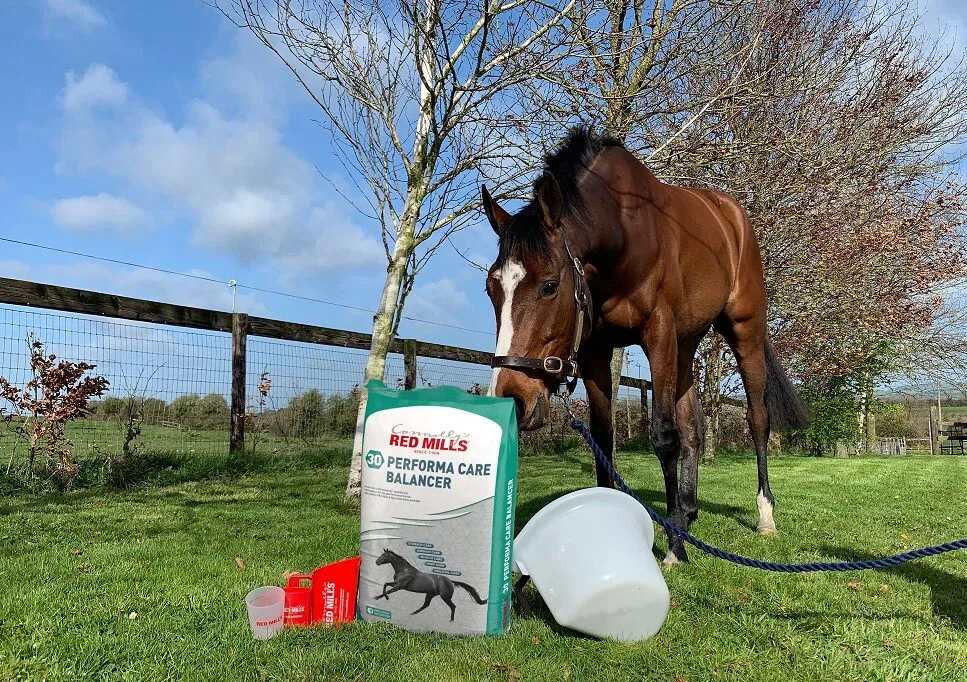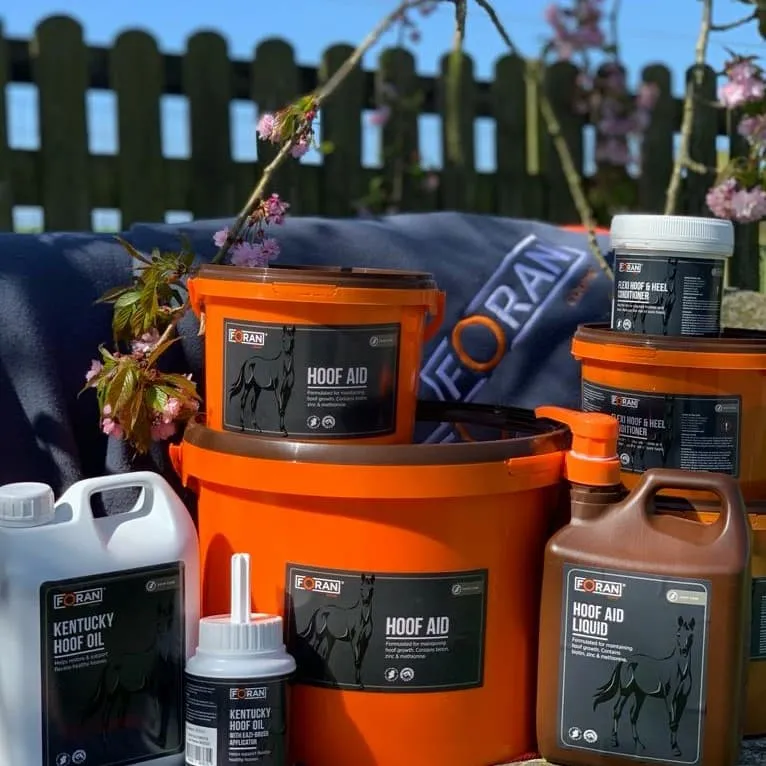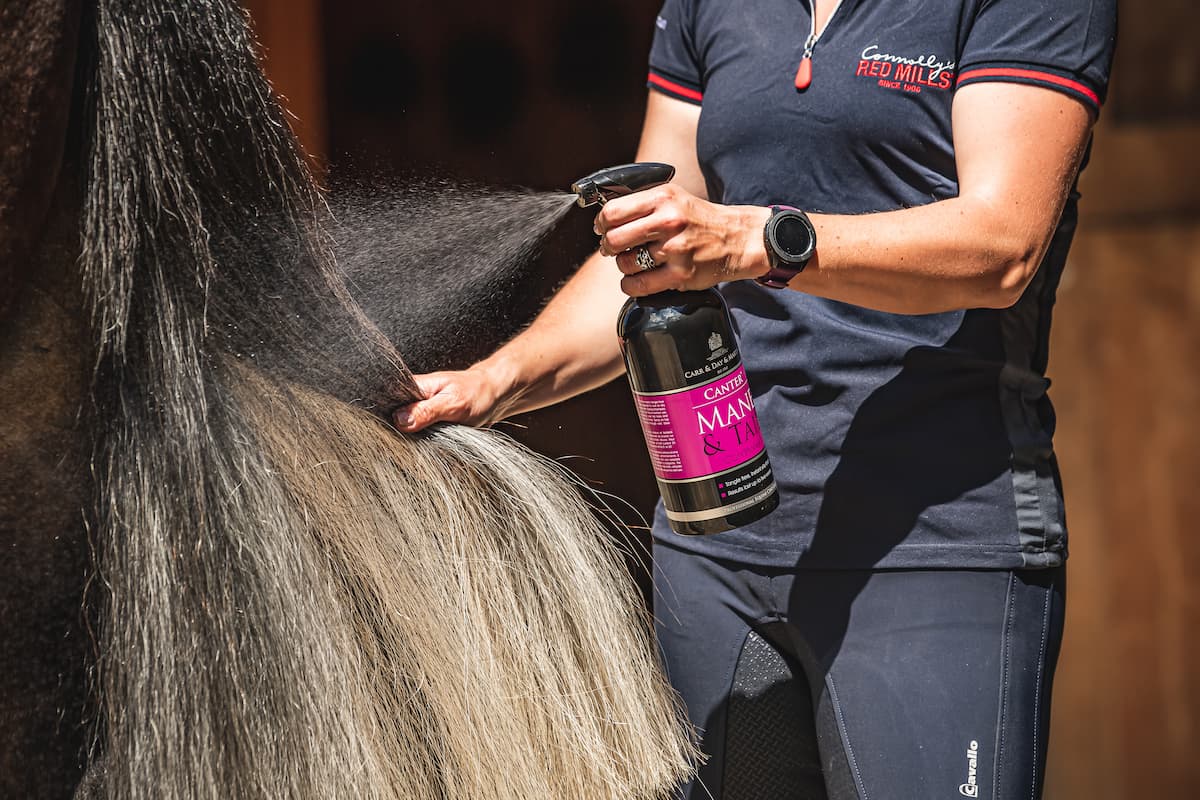Jun, 2020
All the information on horse feeds and supplements can be a little overwhelming if you’re not sure what you’re looking at. With a better understanding of the obligatory and voluntary text on horse feeds and supplements you can ensure all your horses nutritional needs are looked after.
As a horse owner you have a duty of care to ensure your horse’s nutritional well-being; part of this is to be informed about what your horse is eating. Few horse owners now prepare their horses rations from raw materials, which makes understanding the ingredients slightly more complex, but not necessarily more difficult to achieve.
Manufacturers of animal feeds are legally obliged to declare the contents of horse feeds and horse supplements on the product container (bag, bucket, tub, bottle or otherwise), which means the information on ingredients is readily available. It may, however, be difficult to interpret the information, as the presentation style can be confusing with various headings and subheadings. Consequently, it can be challenging to ascertain if the product you are feeding is appropriate for your horse. Furthermore, as different companies have different presentation styles it can be difficult to make a meaningful comparison between product choices.
Below is a short guide to the obligatory and voluntary text on horse feeds or supplements.


1. Statutory Inclusions
All labels have a number of statutory inclusions, required by legislation within the EU:
- Name and address of product manufacturer
- Approval number of the manufacturing premises
- Net contents
- Batch number and expiry date
These standard details verify the producer of the product and help trace the production of the feed. All reputable companies include these details as required. A feed without these minimum details is highly suspicious in origin and content.
With regard to the feed or supplement itself, the following items must also be declared:
2. Composition
- The composition of a feed lists the feed materials or ingredients in the feed in descending order by weight.
3. Analytical Constituents
- The analytical constituents list the laboratory analysed value for the different nutrients in the feed or supplement. It lists a percentage value for the amount of crude protein, crude fibre, crude fat or oil, ash and moisture present in the product.
- Also within this section a company may choose to declare other elements such as calcium, phosphorus and magnesium content or the energy value of the feed.
4. Additives
- The additives section of the label lists the vitamins, minerals, amino acids, preservatives and any other items added to feed to improve its nutritional quality, shelf life or technical characteristics. The amounts of each vitamin, micro-mineral or amino acid added are also usually given.
- The additives section is perhaps the most interesting and informative when choosing supplement products, as it gives a full breakdown of the added nutritional content and the amounts of those nutrients added. When comparing products, it is important to consider both the concentration and variety of nutrients added when choosing the product most suited to your horse.
5. Product Description
- A description of the product within the legislative guidelines used to describe animal feeds is also mandatory.
- Most animal feed supplements are considered “complementary feeds”. A complementary feed is one that has a high content of certain substances but which is not sufficient for a daily ration on its own.
- The product description should also indicate the animal species the feed is formulated for e.g. complementary feed for horses.
6. Feeding Guide
- The feeding guide should indicate the amount of feed to be offered to the animal daily.
- It is important in the case of supplements that these feeding guidelines are not exceeded to avoid over supplementation. Most nutrients have very generous safe ingestion limits. However, there are some micro-minerals or trace elements, where the margin of safety is very narrow and toxic levels can be achieved by over supplementation.
7. Storage guidelines
- Lastly the feed product should indicate how the product should be stored and any specialist storage precautions such as refrigeration if necessary.
8. Logos
 These logos indicate that the feed or supplement complies with these externally audited schemes and take every possible measure to reduce the risk of NOPS and undergoes strictly documented quality control procedures.
These logos indicate that the feed or supplement complies with these externally audited schemes and take every possible measure to reduce the risk of NOPS and undergoes strictly documented quality control procedures.
- UFAS (Universal Feed Assurance Scheme)
- BETA NOPS (Naturally Occurring Prohibited Substances)
Careful reading of animal feed labels is advised. The labels provide a large amount of information, which the owner can use to ensure they are using the product correctly and for the appropriate requirements of their horses.
Outside of the statutory requirements on the labels, there may be additional information on the label. Although voluntary, this information must still comply with legislative requirements and must not include medicinal or outlandish claims.
Contact our sales team via WhatsApp or email

Nicolas Gaumerais
Group Commercial Manager GCC Region
Based in the UAE, Nicolas Gaumerais is the Commercial Manager of Connolly's RED MILLS Group which includes Connolly's RED MILLS horse feeds and Foran Equine supplements sold in the GCC region. Nicholas regularly travels across the Gulf to meet customers.

Dominic Bligh
Group Commercial and Technical Executive GCC Region
Alternatively, reach out to Dominic Bligh who offers nutritional & technical support for Connolly's REDMILLS Feed and Foran Equine supplements. Dominic is also the Commercial Manager for Foran Equine Supplements. He regularly visits client's stables in the Middle East to advise on bespoke feeding programmes.







